Welcome to the Lama Temple, or Yonghe Temple, a beacon of Tibetan Buddhism in Beijing’s heart. This “A Comprehensive Guide to Lama Temple” provides you with all the necessary information to plan your visit to this majestic temple, known as Harmony and Peace Palace Lamasery.
Yonghe Temple, often called “Yonghegong” (雍和宫) in Chinese, meaning “Harmony and Peace,” reflects its tranquil ambiance and spiritual significance. For travelers, this temple is a must-visit site, ranking high alongside Beijing’s Forbidden City and Temple of Heaven. Discover the rich history that dates back to when Emperor Yongzheng called it home, and its evolution into a revered lamasery.
1. Why Lama Temple?
Yonghe Temple is not just a testament to architectural grandeur but also a repository of cultural and spiritual treasures. Here are compelling reasons to include it in your Beijing itinerary:
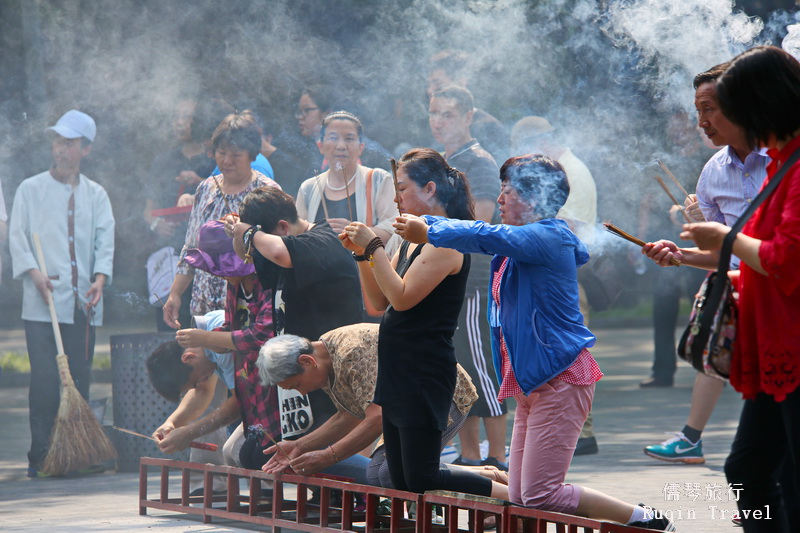
- World’s Largest Sandalwood Buddha: The temple houses an awe-inspiring sandalwood Buddha statue, renowned for being the largest of its kind globally. This masterpiece symbolizes peace and spirituality, drawing visitors from across the world.
- Bronze Buddhas of Three Times: These magnificent bronze statues represent the Buddhas of the past, present, and future. They embody the continuum of time and the eternal essence of Buddhist teachings.
- 500-Arhat-Hill: This remarkable artistic creation features 500 unique Arhat figures, each symbolizing a different aspect of Buddhist philosophy.
Yonghe Temple’s unique status is highlighted by its yellow glazed tile roofs, a color traditionally reserved for imperial use, signifying its importance in Beijing’s religious landscape. The temple has played a pivotal role in the intersection of religion and politics, serving as a bridge between the Qing Dynasty’s central government and Tibet. Its influence in spreading Tibetan Buddhist culture is unparalleled, making it a key destination for understanding China’s religious diversity.
2. How to Get to Lama Temple
Reaching Lama Temple is convenient, with multiple transportation options available:
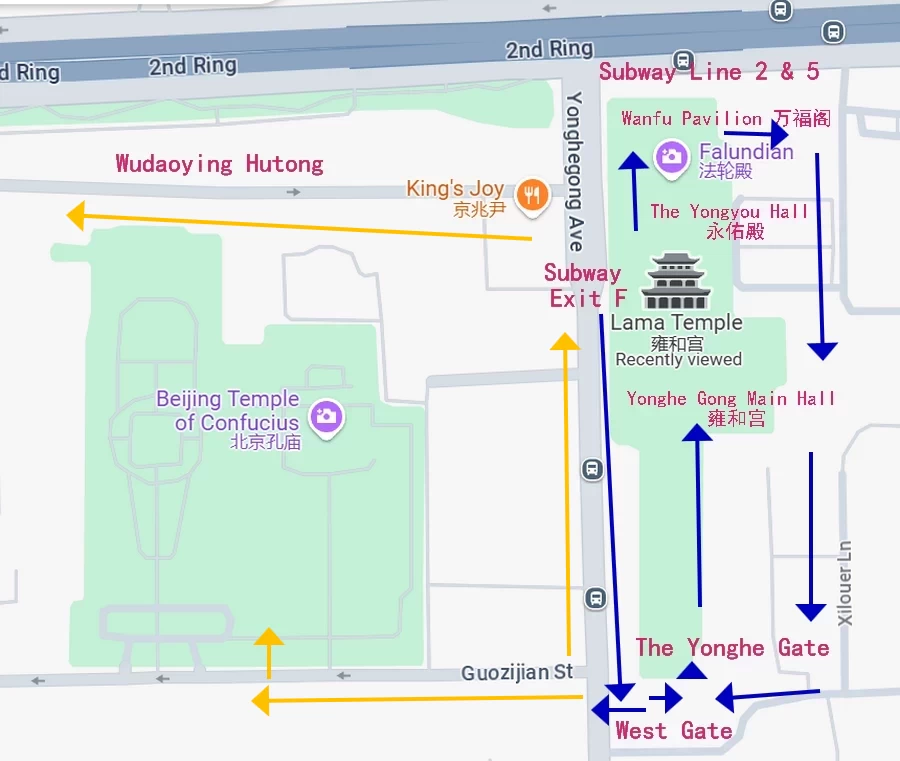
By Subway: The most efficient way to reach Yonghe Temple is by subway. Take Line 2 or Line 5 and alight at “Yonghegong” (Lama Temple) Station. and exit from Exit F. Once you exit, a short walk along a sidewalk, soon you directlyget to the temple’s west gate (See the Map above ).
By Bus: Several bus routes serve the area around Yonghe Temple. Buses 13 or 684 will drop you at Guozijian Station, while buses 116 or 117 stop at Yonghegong Lama Temple Station. Other options include buses 2, 18, 44, 62, 606, 800, 858, or 909, alighting at Lama Temple Bridge East Station.
By Taxi: For a direct route, taking a taxi is a convenient option. Simply show the driver the phrase “请带我去雍和宫” (Please take me to the Lama Temple), and they will know your destination.
Address: 12 Yonghegong Dajie, Dongcheng District, Beijing. The temple’s prominent location makes it easily identifiable. 北京市东城区雍和宫大街12号.
3. Best Times to Visit Lama Temple
Selecting the right time to visit the Lama Temple can greatly enhance your experience. While the temple welcomes visitors year-round, certain periods offer a more pleasant and insightful visit.
Weekday Visits: To avoid weekend and public holiday rushes, consider a weekday visit. This ensures a more tranquil experience, allowing you to immerse yourself in the temple’s spiritual ambiance without the distractions of a large crowd.
Ideal Season: The months from April to October, with their warmer weather, mark the peak visiting season. However, for a perfect blend of comfortable climate and fewer crowds, mid-October to late November is ideal. The autumn’s mild temperatures and vibrant foliage create a serene backdrop for exploring.
Festival Times: Visiting during significant Tibetan festivals, such as the Chinese New Year or the Dayuan Invocation Dharma Assembly, presents a unique opportunity to witness the temple in its full spiritual fervor. However, these periods also attract larger crowds.
4. Opening Hours and Entrance Fees
Planning your visit to Yonghe Temple includes knowing its operating hours and ticketing details:
Operating Hours:
- April to October: 9:00 AM to 4:30 PM
- November to March: 9:00 AM to 4:00 PM
Visiting hours might vary slightly during special festivals or events, so it’s wise to check in advance.
Entrance Fee:
- CNY 25 per person
- Free admission for children under 1.2 meters
How to Book Lama Temple Entry Tickets:
You can get tickets either in person or online. For walk-ins, head to the Ticketing Service Center to buy a paper ticket. For online bookings, use the official WeChat account: “雍和宫游客信众服务” (Yonghe Temple Visitor Services)—each WeChat account can book up to 3 tickets per day.
If you’re using a passport or valid ID from Hong Kong, Macao, or Taiwan (Home Return Permit, Taiwan Compatriot Permit, or Residence Permit), simply scan the QR code received after booking to enter on the day of your visit.
Need to cancel? You can do it yourself as long as the ticket hasn’t been used. For late cancellations or questions, call customer service at:
📞 010-84191906 or 010-84191907.
Alternatively, you can use the international platforms like viators, trip.com, klook or getyourguide to book your tickets and tours ( great for English speakers ):
👉 Book your Lama Temple Entrance Ticket with Optional Guided Service via Viator
Additional Tips:
- The temple is a popular spot for locals to seek blessings, particularly around traditional festivals and important examinations. These periods can be incredibly busy, offering a unique cultural experience but potentially less peaceful.
- English-speaking guides and audio guides are available for rent. Inquire at the ticketing booth while purchasing your entrance ticket.
This information ensures a smooth visit, allowing you to immerse yourself in the spiritual ambiance of Lama Temple without any surprises.
5. Five Key Buildings in Lama Temple
Yonghe Temple’s architectural splendor is epitomized in its five primary buildings, each separated by courtyards and decreasing in height from south to north. These buildings are not just structures; they are the carriers of history and spirituality.
The Yonghe Gate 雍和门
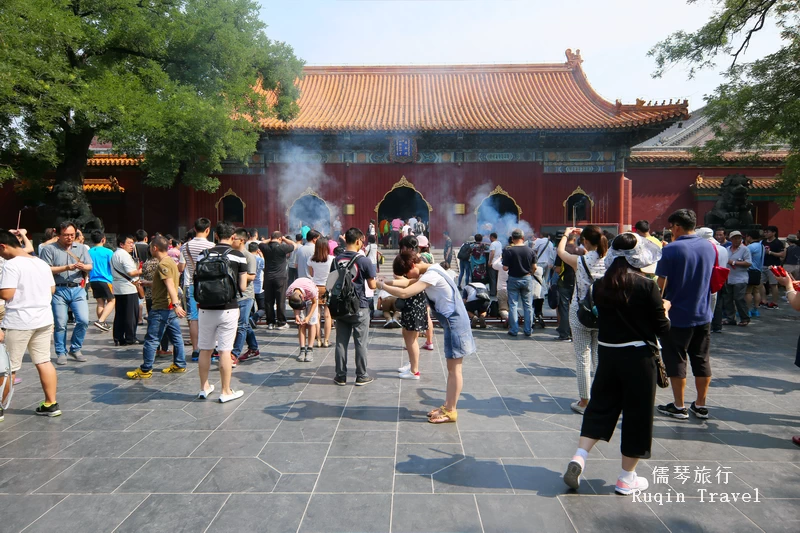
This grand entrance, once the main gate to the temple, sets the tone for what lies ahead. Housing the four heavenly kings and the big-bellied Maitreya Buddha, it radiates an air of serenity and reverence. The presence of bronze lions and the Buddha Maitreya, perched on a golden lacquer throne, immediately immerses visitors in the temple’s spiritual essence.
The Yonghe Gong Main Hall 雍和宫
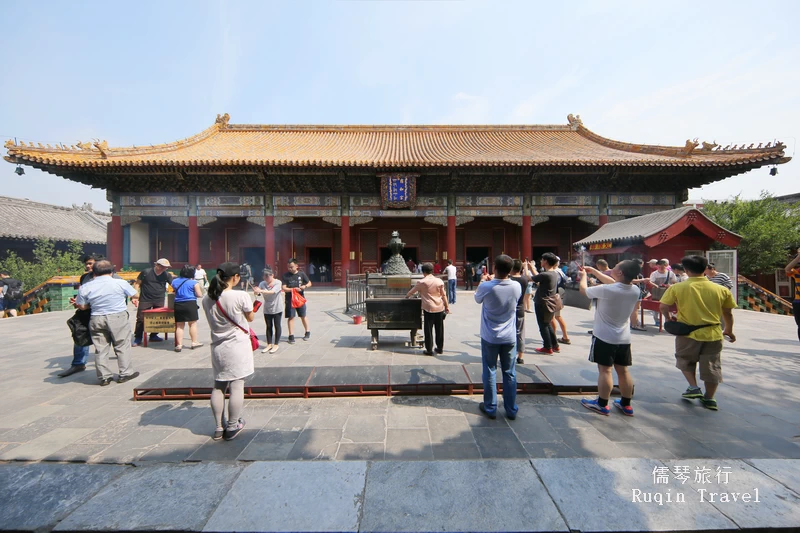
Moving north, the Yonghe Palace stands as the temple’s centerpiece. It houses three significant bronze Buddhas representing the past, present, and future. The hall also contains 18 Arhats, symbolizing protection. This hall’s rich history as a meeting place for Prince Yongzheng with officials adds a layer of historical significance.
The Yongyou Hall 永佑殿
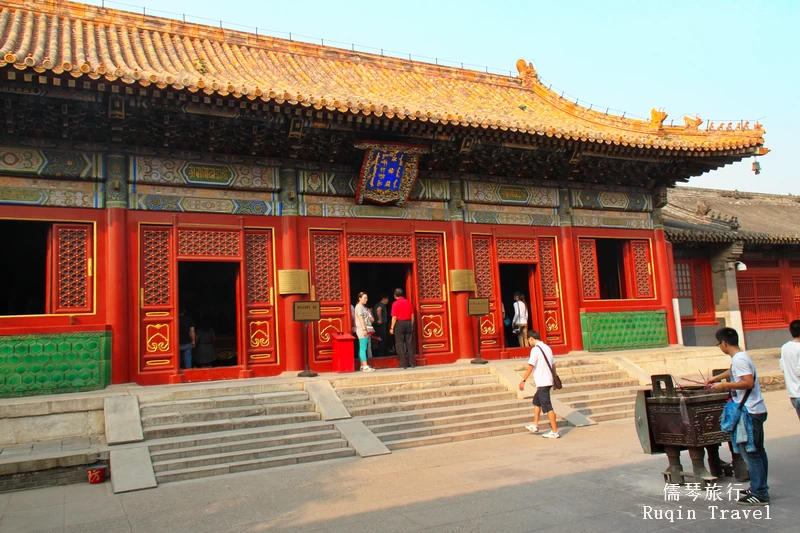
This hall, previously Prince Yongzheng’s residence and later a site for emperor’s coffins, now hosts statues of Amitayus, Bhaisajyaguru, and Simhanada. It reflects the temple’s transition from a royal residence to a spiritual sanctuary.
The Falun Hall 法轮殿
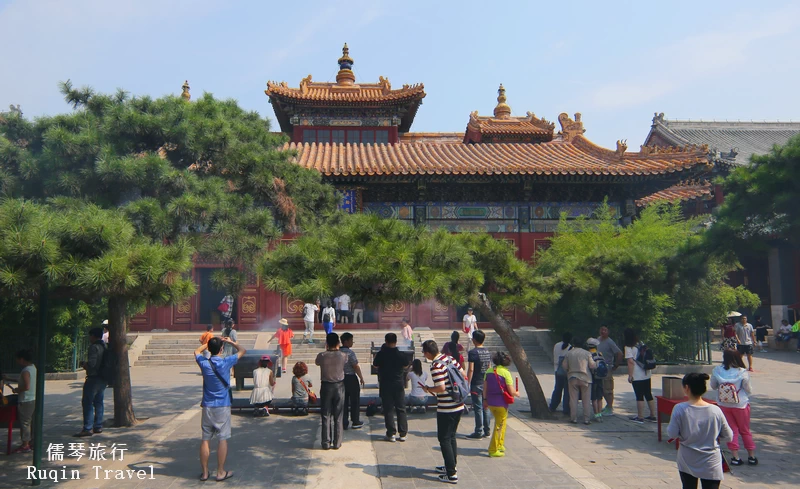
Falun Hall, adorned with a mix of Chinese and Tibetan architectural styles, was once the Emperor’s wives’ living quarters. Now, it features a large statue of Tsong Kha-pa and the remarkable Five Hundred Arhat Hill carving. This hall is a center for chanting and religious ceremonies.
Wanfu Pavilion 万福阁
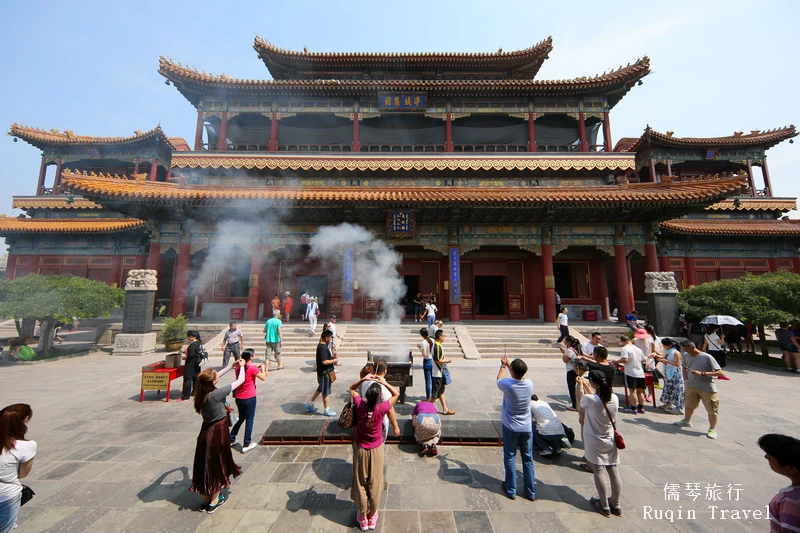
The highest and most northern building in the temple, it houses the world’s largest wooden Buddha statue, carved from a single sandalwood log. The sheer size and craftsmanship of the Maitreya Buddha statue in this pavilion are awe-inspiring.
These buildings, each with its unique history and spiritual significance, form a harmonious and enlightening journey through the Lama Temple.
6. Activities and Events in Lama Temple
The Lama Temple is not only a historical and architectural marvel but also a vibrant center for cultural and religious activities. Here are some significant events and activities that you can experience:
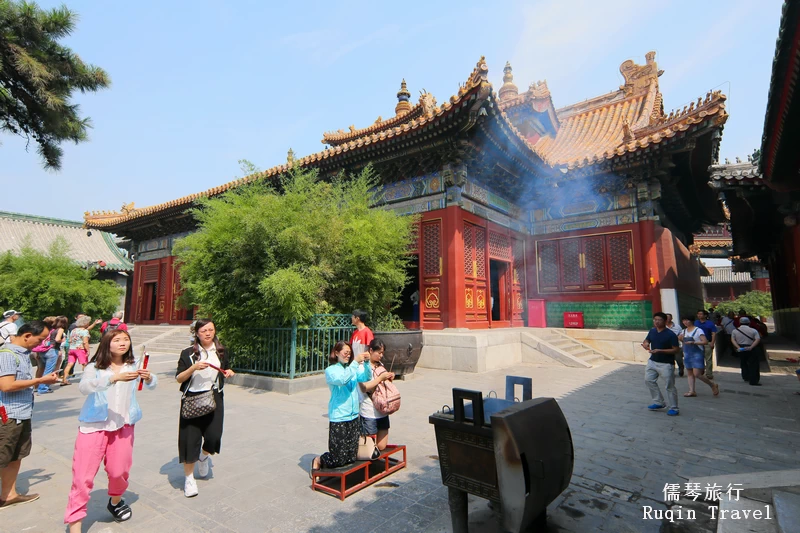
- Dayuan Invocation Dharma Assembly (February/March): This profound festival, commemorating Sakyamuni, the founder of Buddhism, is marked by a week of sacred rituals. Monks engage in continuous scripture chanting, praying for peace and prosperity. Typically held from mid-February to mid-March, this assembly attracts devotees and visitors, offering a deep dive into Tibetan Buddhist traditions.
- New Year Ceremony Dharma Assembly (January/February): As the Chinese New Year dawns, the temple comes alive in the early hours with monks chanting prayers to welcome the new year. This ritual, brimming with devotion and spirituality, draws crowds eager to start their year with blessings. The festival usually falls between January 21 and February 20, according to the lunar calendar.
Besides these festivals, regular activities like daily prayer sessions, scripture readings, and meditation classes offer insights into the monks’ life at the temple. These events provide a unique opportunity to witness the living traditions of Tibetan Buddhism and immerse oneself in a serene spiritual atmosphere.
7. How to Plan Your Visit to Lama Temple
A well-planned visit to Lama Temple ensures a fulfilling experience. Here’s a recommended tour route to help you navigate through this spiritual sanctuary ( See the Map above):
- Start at Yonghe Gate Hall: Begin your journey at the temple’s southern entrance, absorbing the majestic presence of the Maitreya Buddha and the Four Heavenly Kings.
- Proceed to Yonghe Gong Hall: Experience the essence of Lama Temple in its main hall, admiring the trio of bronze Buddhas symbolizing different time periods.
- Explore Yongyou Hall: Discover the hall’s transition from imperial residence to a place of eternal protection for emperors.
- Visit Falun Hall: Delve into the fusion of Chinese and Tibetan architectural styles, and witness the significant Five Hundred Arhat Hill carving.
- Conclude at Wanfu Pavilion: Stand in awe of the world’s largest wooden Buddha statue, a true marvel of craftsmanship and devotion.
Between visits to these halls, take time to explore the side buildings and courtyards, each offering unique insights into the temple’s history and cultural significance.
8. Springtime Blossoms at Yonghe Temple
In spring ( early April), Yonghe Temple is a hidden floral gem, with magnolias, and Chinese peaches in full bloom.
Outside the temple, the streets come alive with the vibrant sight of magnolias. The most spectacular display can be seen just outside the E-northwest exit of the Yonghe Temple subway station. Here, magnolia trees bloom abundantly under the soft, warm sunlight, creating a serene and inviting scene.
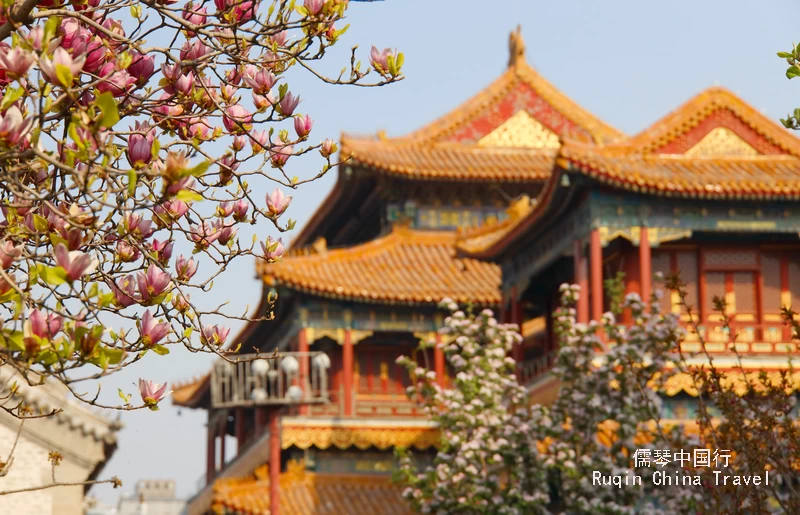
Just beyond the northern wall of the temple, peach blossoms are in full bloom. The delicate pink flowers contrast beautifully with the red walls and green bricks. This picturesque scene draws many locals, eager to take photos and enjoy the view.
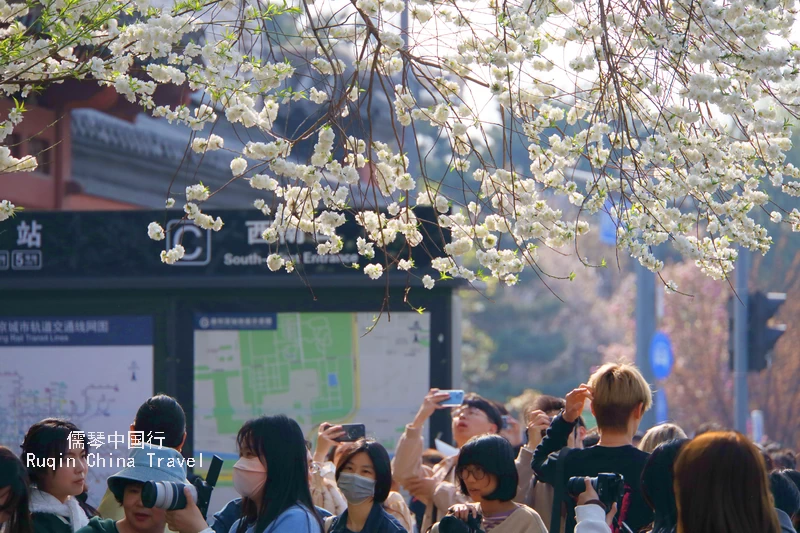
These peach trees line the sidewalk, and while many passersby are enchanted by their beauty, it’s important to be mindful of safety when taking pictures, as cyclists and pedestrians are still navigating the area.
9. Luggage Storage Guide for Lama Temple (Yonghe Gong)
Planning a visit to the Lama Temple and don’t want to drag your bags around? Good news — there are two main luggage storage spots nearby that can make your trip way easier.
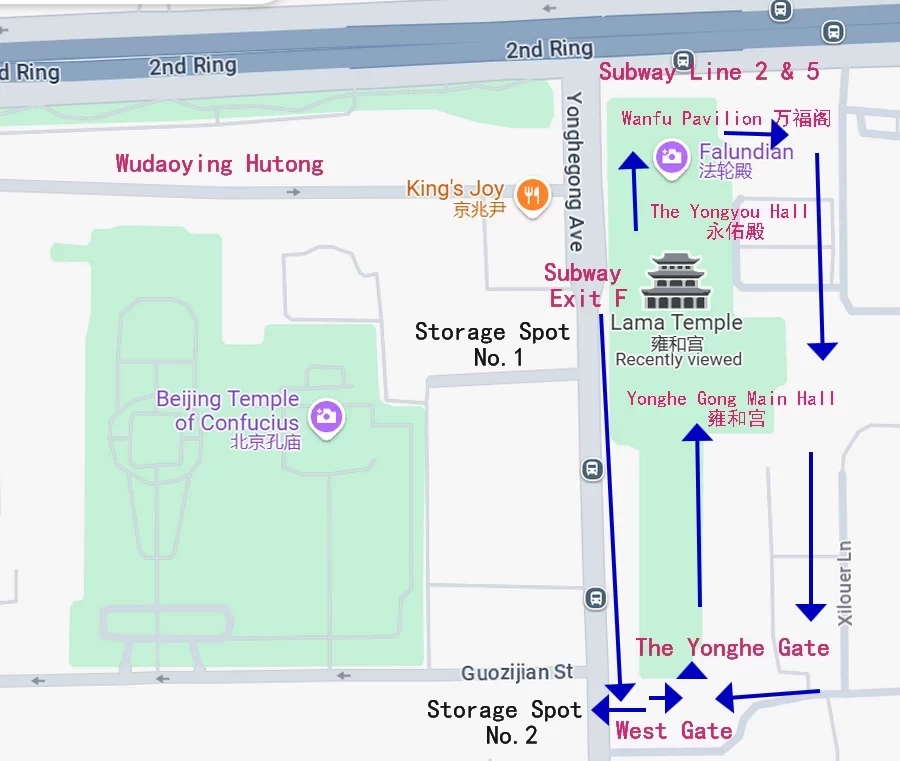
1) Storage Spot Near Subway Exit F (Across the Street)
📍 Location:
Right across the street from Exit F of the Lama Temple subway station. Just walk about 30–50 meters. It’s near Wudaoying Hutong, a great little alley to explore too.
🕒 Hours:
- Regular season: 8:30 AM – 6:30 PM
(Some spots might close a bit earlier around 6:00 PM.) - In low season, hours may shorten to 8:30 AM – 5:30 PM. It’s best to double-check before heading out.
✅ Good to know:
- Super convenient for tight schedules — it’s right by the metro.
- Perfect for a quick drop-off before or after your temple visit.
2. Storage Spot Directly Opposite the Main Entrance
📍 Location:
Right across the road from the main visitor entrance to Lama Temple (No.83, Street YongHeGong ).
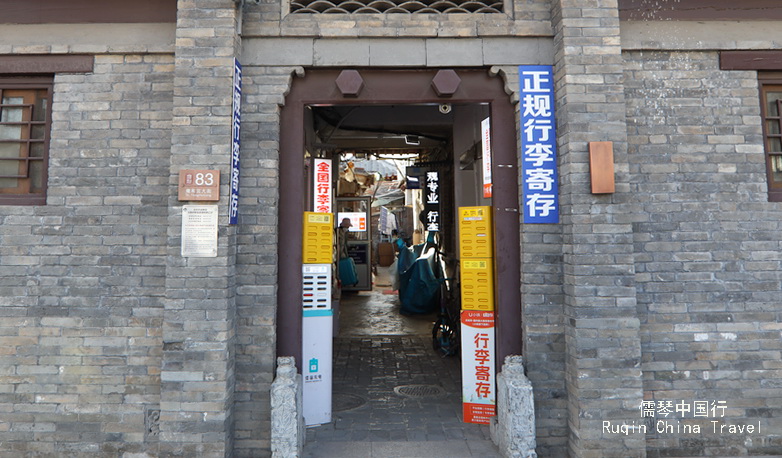
🕒 Hours:
- Peak season (April to October): 7:30 AM – 8:30 PM
- Off-season: Usually open 7:30 AM – 6:00 PM
💡 Why choose this one?
- Longer hours — great for early birds or night-time temple visits
- Offers overnight storage, with staff on-site for safety
- Can handle larger suitcases (up to 30 inches or more!)
💼 Pricing & Luggage Size Info
💰 Cost:
- Suitcase: 20 RMB/day
- Backpack: 10 RMB/day
(Charged by calendar day, not 24-hour cycles)
📦 Size Limit:
- Smaller spots: Max suitcase edge of 45 cm
- Main entrance spot: Accepts larger luggage
👟 Pro Tips:
- For flexibility and longer hours, go for the spot right across from the temple entrance.
- During busy times like weekends or holidays, arrive early to avoid lines.
📱 Bonus Tip: Use WeChat for Easy Storage Search
If you have a WeChat account, search for the “存知己 (Cun Zhiji)” mini program.
It’s a super handy tool to quickly find nearby luggage storage locations wherever you are in China.
10. Lama Temple Visitor Service Center – What You Need to Know
If you’re visiting Lama Temple (Yonghe Gong) and need a little extra support during your trip, the Visitor Service Center inside the temple grounds has some great resources.
🔧 Key Services Offered
Whether it’s a quick break, a sudden need, or some help with accessibility, they’ve got you covered:
🚑 Emergency Medical Aid
- First aid kits and over-the-counter medicine available
- For minor health issues only — for anything serious, head to a hospital
💧 Practical Comfort
- Free drinking water
- A quiet place to rest if you’re feeling tired
- Umbrella rental available (100 RMB deposit required)
♿ Support for Special Needs
- Wheelchair rental (requires valid ID and 300 RMB deposit)
- Walking cane rental (100 RMB deposit)
💬 General Assistance
- Tourist information
- Help with complaints or visitor feedback
📞 Contact Info
Main Visitor Center Lines:
- 010-84191906
- 010-84191907
- 010-84191908
Other Helpful Numbers:
- Buddhist Affairs Office: 010-64036577
- Security Office (for emergencies): 010-64044363
📍 Where to Find It
- The service center is inside the temple grounds, to the east side of the Yonghemen Hall courtyard, just behind the East Octagonal Pavilion.
- You’ll need to buy an entry ticket first to access the center.
- The ticket office is just outside the South Gate of the temple, about 100–200 meters from the service center.
11. Nearby Attractions and City Walk
After exploring Lama Temple, extend your journey by visiting these nearby attractions, each offering a unique glimpse into Beijing’s rich history and culture ( Check out Beijing City Walks for more information):
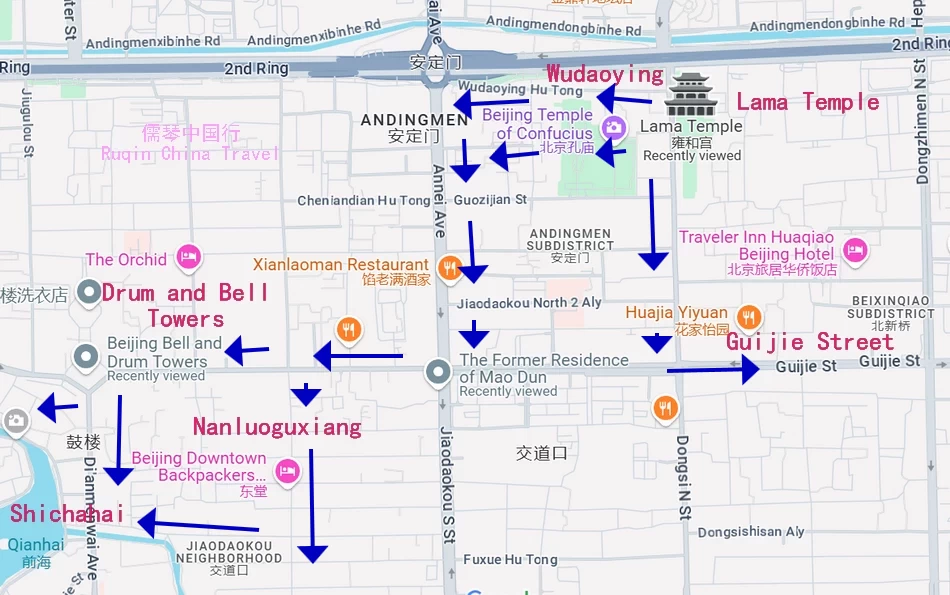
- Temple of Confucius: Just a short walk from Lama Temple, this temple dedicated to the great philosopher Confucius offers a peaceful retreat. It’s a place steeped in history and education, reflecting ancient Chinese wisdom.
- Guozijian (Imperial Academy): Explore China’s oldest imperial academy, where scholars once prepared for their imperial examinations. The architecture and the spirit of learning here are remarkable.
- Guijie Street: A paradise for food lovers, this street is lined with a variety of restaurants offering authentic Chinese cuisine. A perfect spot to satiate your hunger after a day of exploration.
- Wudaoying Hutong: Immerse yourself in the charm of old Beijing by strolling through this historic alley, brimming with quaint shops and cafes.
- Nanluoguxiang: Stretching just 787 meters long and 8 meters wide, Nanluoguxiang Hutong is not just an alley—it’s a journey through time, with centuries of history and culture embedded in its lanes.
- Shichahai: This scenic area, known for its beautiful lakes and traditional hutongs, is ideal for a leisurely evening walk.
- Ditan Park: A serene park, famous for its temple fairs, especially during the Spring Festival. It’s a great place to experience local traditions and relax.
Practical Tips for Visitors to Lama Temple
To ensure a seamless and enjoyable visit to Lama Temple, consider these practical tips:
- Early Arrival: Aim to arrive early, preferably as the temple opens, to avoid the larger crowds that gather as the day progresses.
- Dress Respectfully: While there’s no strict dress code, wearing modest attire out of respect for the temple’s religious significance is advisable.
- Photography: While photography is generally allowed, be mindful of signs indicating restricted areas. Always be respectful and avoid using flash inside the halls.
- Language: Basic English signs are available, but carrying a phrasebook or translation app can be helpful for more detailed information.
- Local Customs: Observe and respect local customs. This includes acts like burning incense, bowing before statues, and participating in rituals.
- Stay Hydrated: Bring a bottle of water, especially during warmer months, as exploring the extensive grounds can be tiring.
- Avoid Public Holidays: If possible, plan your visit to avoid Chinese public holidays when the temple is especially crowded.
Following these tips will enhance your experience and allow you to fully appreciate the spiritual and cultural significance of Lama Temple.
👉 Book your Lama Temple Entrance Ticket with Optional Guided Service via Viator
Lama Temple, a remarkable blend of history, spirituality, and architectural beauty, offers a unique and enriching experience in the heart of Beijing. As you walk through its serene courtyards and grand halls, each step takes you deeper into the rich tapestry of Tibetan Buddhism and Chinese imperial history.
Whether you’re seeking spiritual insight, cultural enrichment, or just a peaceful retreat from the bustling city, Yonghe Temple stands as a testament to the enduring legacy of China’s religious and cultural diversity. Remember to embrace the tranquility, respect the customs, and immerse yourself in the profound peace that this sacred space offers.
More Beijing Travel Guides
Planning your Beijing tour? Our “Beijing Travel Guide“ section offers essential advice to help you navigate the city like a pro. From transportation tips and local customs to insider recommendations for hidden gems, these travel tips will ensure you have a smooth, enjoyable, and unforgettable experience in China’s vibrant capital. Let us guide you through the best practices for exploring Beijing with confidence!

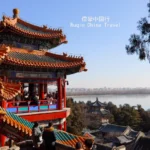
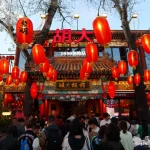
Hello
There is NO mention of tourist service centre and storage facilities near the Lama Temple
Is there storage facilities near by
If yes…
Address please
what hours of operation
Luggage suitcase size
Cost per suitcase size
Is there tourist visitors centre
If yes…
Address please
Hours of operation
What type of service do they offer
Do they give print out of maps etc
Thank you
Hi Bianka,
Thanks so much for reaching out — great questions!
We’ve just updated our Lama Temple guide to include all the info you’re looking for, including luggage storage options and details about the visitor service center. You’ll find everything — from locations and opening hours to luggage size limits and prices — clearly laid out in Sections 9 and 10 of this page:
👉 https://ruqintravel.com/china-destination-guides/lama-temple/
Also, if you’re curious about other tourist information centers around Beijing, we’ve got you covered here too:
👉 https://ruqintravel.com/china-destination-guides/beijing-tourist-information-center/
Really appreciate your thoughtful question — it actually helped us improve the site for other travelers as well!
Wishing you a great time planning your trip, and feel free to reach out anytime if you have more questions.
Best regards,
Daniel
Ruqin China Travel